Legend has it that a group of Portuguese monks were sailing to Macau when they encountered bad weather and landed in Nagasaki, helping to change Japanese cuisine .
The accidental port call changed Japan and its cuisine forever when the visitors brought a simple yet beloved ingredient: sugar.
In the 16th century, Nagasaki on the island of Kyushu was the only city where foreigners could trade with the Japanese. As a result, many of the wagashi (sweets) enjoyed in Japan today originated in Kyushu.
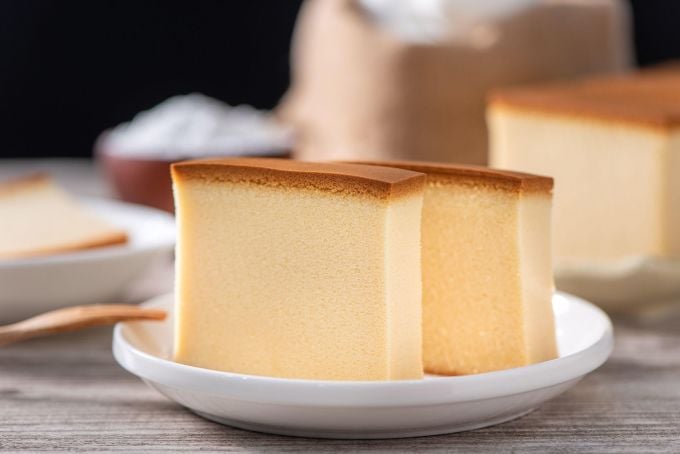
Castella cake, a famous Japanese sweet. Photo: Alamy stock
One of them is castella, a Portuguese-inspired pastry with a distinctly Japanese ingredient: mizuame syrup, made from malted rice mixed with sugar. The castella is cut into squares, individually wrapped in colorful packaging, and placed in a gift box. The best place to buy the sweets as souvenirs is at Fukusaya, a famous pastry chain that opened its first store in Nagasaki in 1624. Although there are many castellas in special flavors, such as cherry blossoms in the spring or chocolate at Christmas, the classic flavor is still the best seller, according to the store staff.
Another European sweet that has been adapted by the Japanese is the macaron, with the local version made with peanut flour instead of almond flour, and featuring traditional Japanese flavors such as green tea and red beans.
Over the past 50 years, pastry has taken off in Japan, with many patisseries in Europe and around the world taking inspiration from Japanese products, according to Michele Abbatemarco, pastry chef at the Four Seasons Hotel in Tokyo.
One of the most popular and recognizable candies in Japan is konpeito, which also has a connection to Portuguese cuisine. The small, pale-colored sugar cubes resemble stars or flowers. In the past, sugar was an expensive ingredient in Japan, reserved only for the rich and noble. Traditionally, royal guests such as heads of state and members of other countries' royal families would receive silver boxes of the sweets as a welcome gift when they arrived at important events.

A jar of colourful konpeito candies. Photo: Alamy stock
Today, some chefs in Japan are trying to revive local produce from before sugar was imported into the country. Chef Abbatemarco has sourced some rare honeys that were used to sweeten foods before sugar came along.
At Est, the Four Seasons’ Michelin-starred French restaurant, Abbatemarco’s team creates honey-flavored mini cakes. For him, it’s a way to honor Japan’s small cake makers while selling them to tourists.
Anh Minh (According to CNN )
Source link



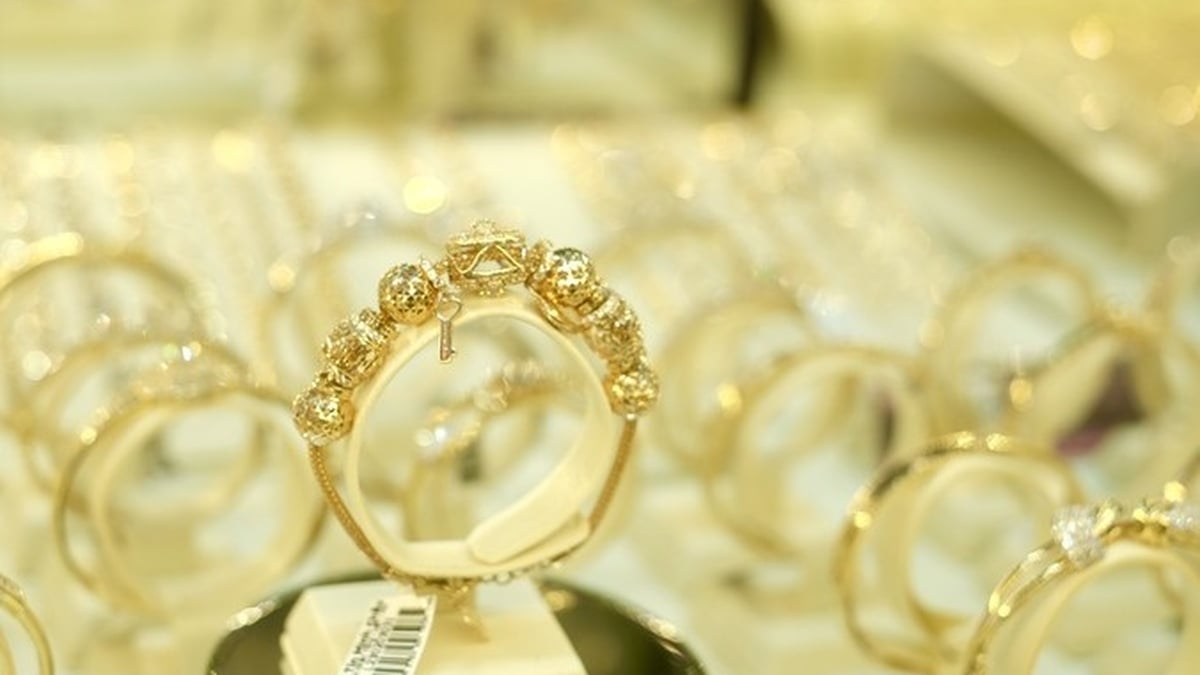
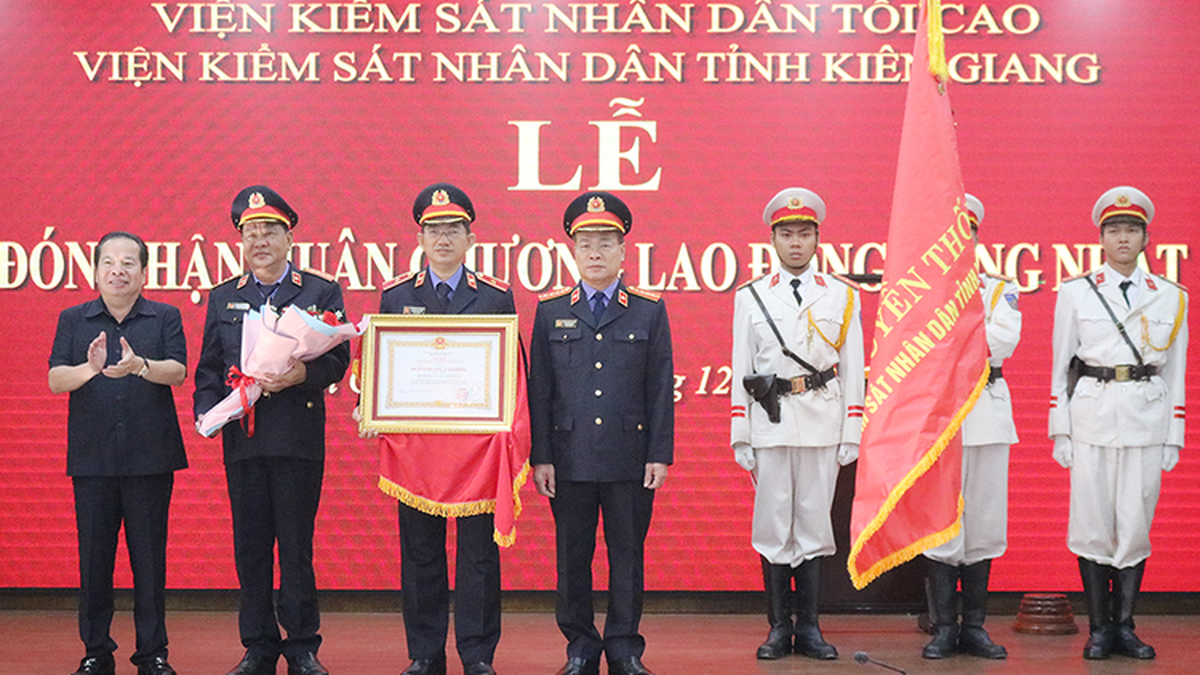


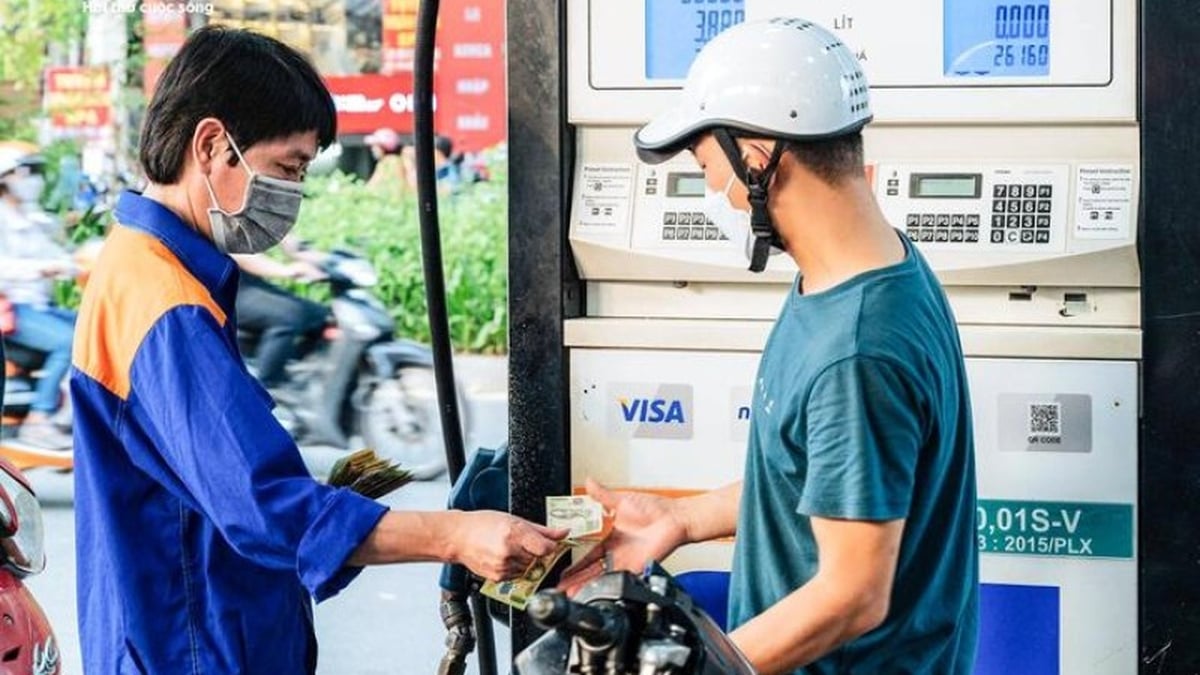
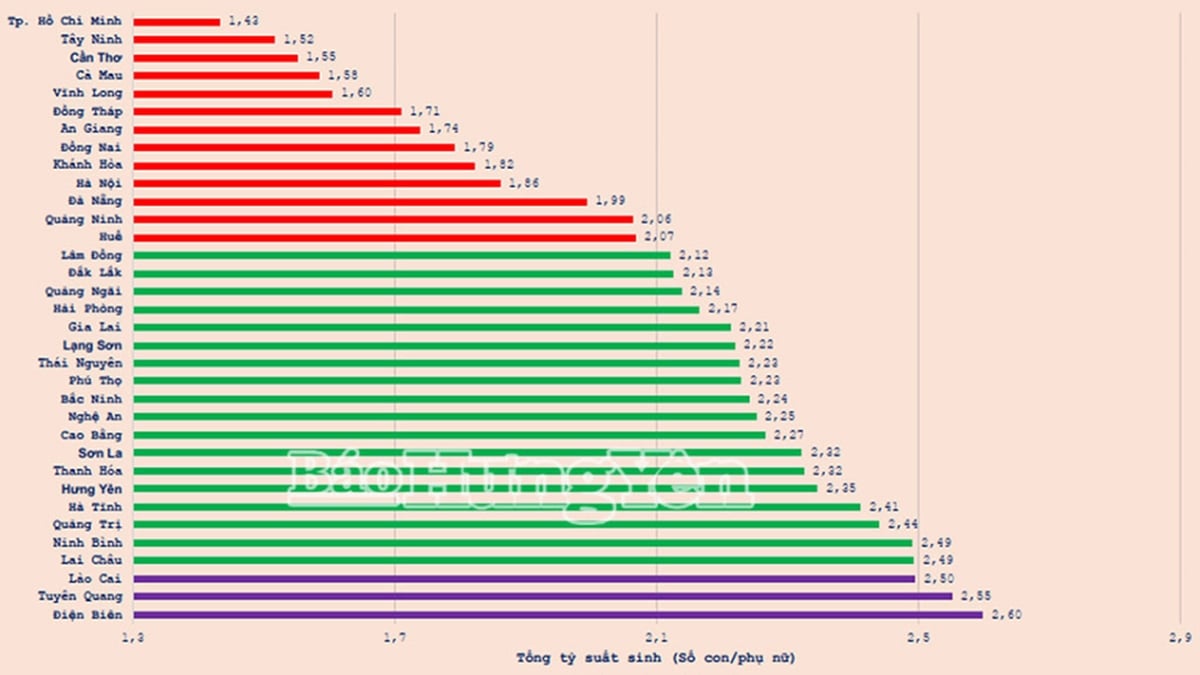
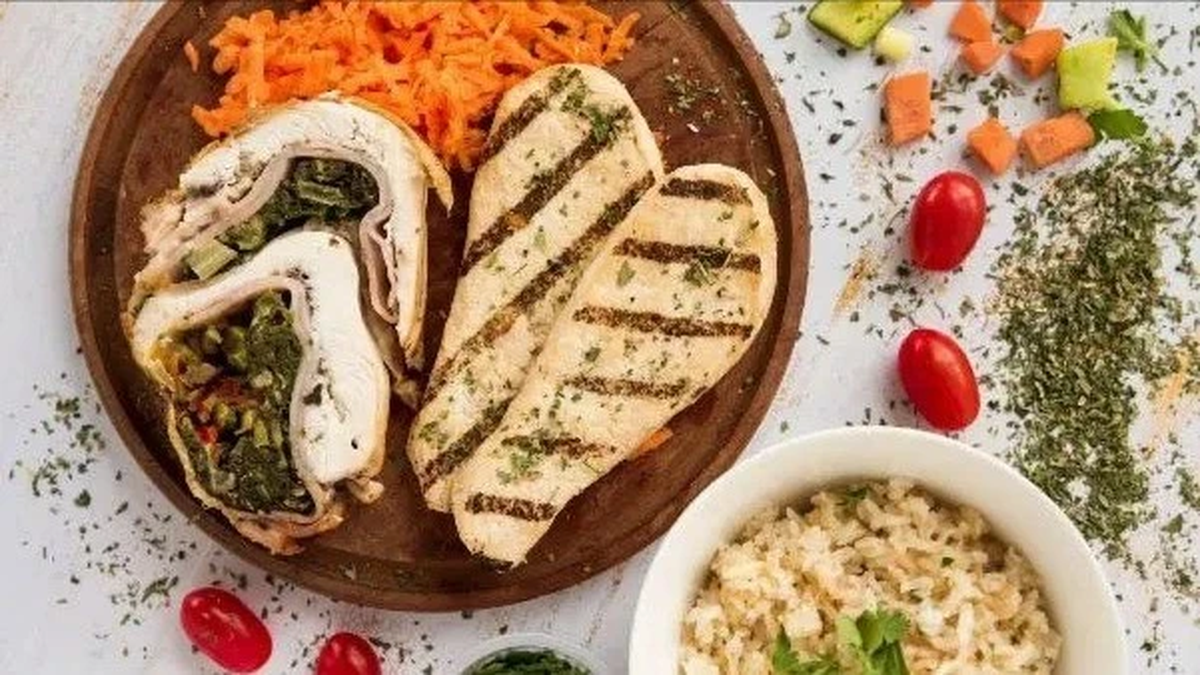

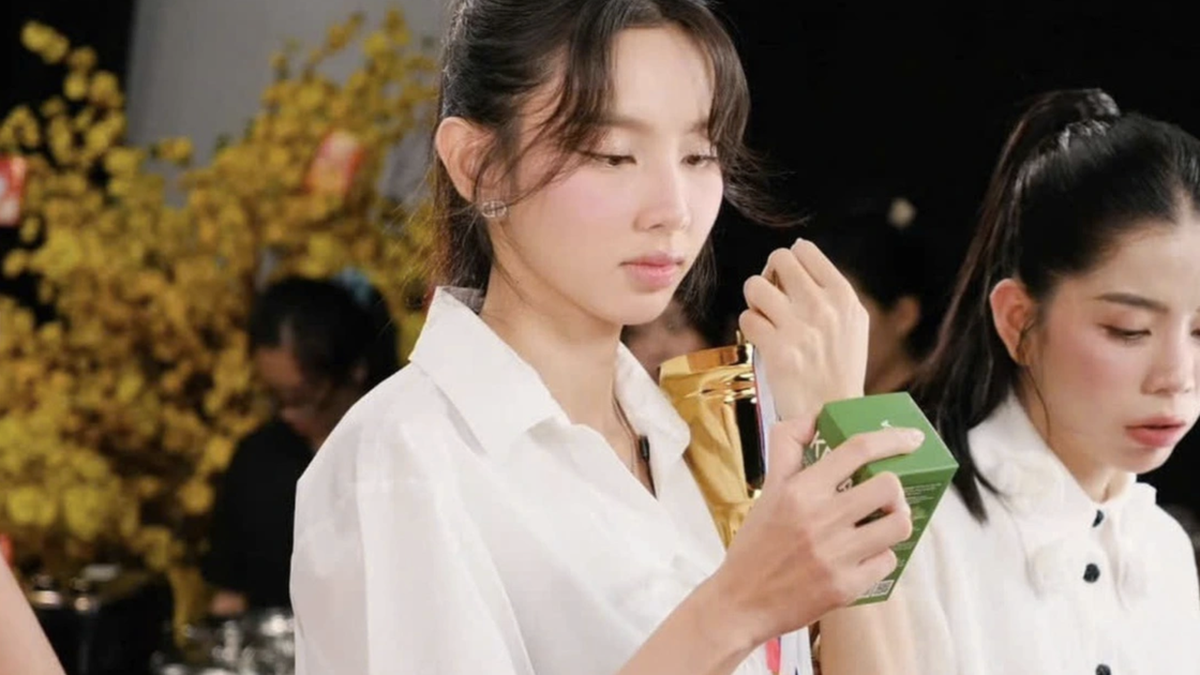












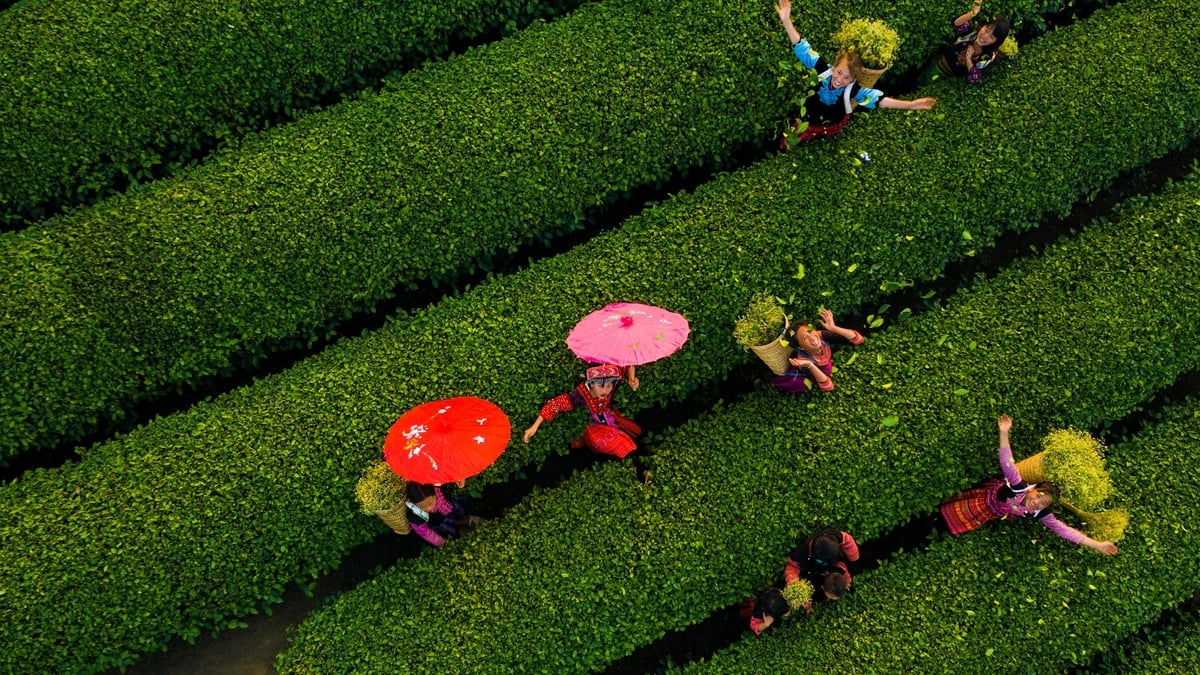



































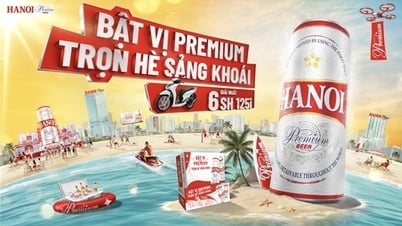

![[Maritime News] More than 80% of global container shipping capacity is in the hands of MSC and major shipping alliances](https://vphoto.vietnam.vn/thumb/402x226/vietnam/resource/IMAGE/2025/7/16/6b4d586c984b4cbf8c5680352b9eaeb0)






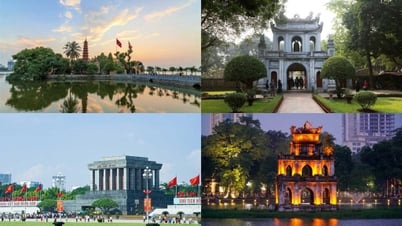































Comment (0)